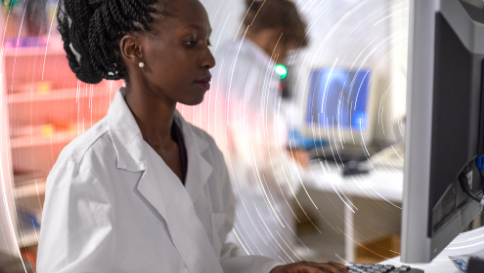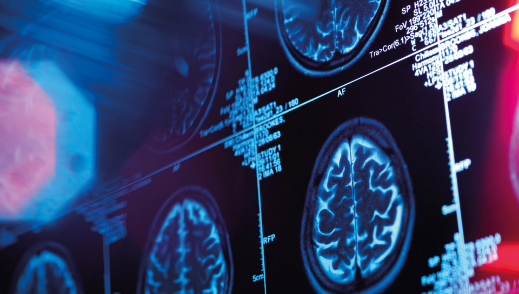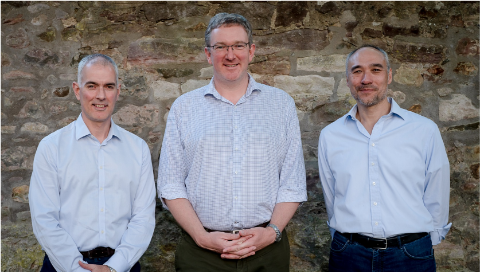Blackford Analysis
With 1,200-1,600 images per examination, protocols used for lung screening often require a much larger dataset compared to some types of CT examinations. Depending on the patient, there can be anywhere from one to four or more previous examinations, resulting in many prior exams. The time taken to load and identify prior regions of interest on each of these subsequent examinations can be considerable. Research at Stony Brook University, New York, used deformable registration provided by Blackford to study how PACS-integrated automatic deformable chest CT registration reduces radiologist time to match lung nodule locations across serial exams. The study found that matching lung nodule locations across serial chest CT exams was 56% faster using Blackford deformable registration [1]. Based on feedback from customer sites that have Blackford Smart Localizer integrated into PACS, we have identified five key ways that Blackford can assist in lung screening workflow:
“Using Blackford Smart Localizer has drastically improved my efficiency in interpreting lung cancer screening exams” Robert J French, MD. Lahey Hospital and Medical Center

1. Save time at start of examination
It can take a considerable amount of time to load and prepare images for lung screening exams, especially when comparing with one to four or more prior examinations. Blackford Smart Localizer enables radiologists to find previous annotations by instantly navigating to an area of interest across all examinations and planes by selecting a single point of interest on any of the views in the current or prior exams. This means radiologists do not actually have to search for the relevant findings across all exams. In addition, when using Blackford Smart Localizer, cross hairs are shown on findings in all planes and examinations, enabling fast and easy identification of findings.2. Quickly triangulate remaining sequences
Blackford Smart Localizer can be used to triangulate all of the series, whether in the coronal plane, sagittal plane, soft tissue windows and so on. This enables radiologists to gain a better understanding of the finding they are viewing. For example, a pulmonary nodule, which could look very different in the coronal plane than it does in the axial plane. Alternatively, the solution could be used to triangulate incidental findings in the upper abdomen or the thyroid gland.3. Improve workflow by reducing repetitive scrolling motions
Blackford Smart Localizer assists workflow by reducing the amount of repetitive scrolling motions that radiologists need to go through every day. For example, the solution reduces the number of clicks and scrolling movements by allowing radiologists to navigate to the same place across all planes and examinations with a single click*.4. Reduce turnaround time
Single-click navigation to findings across all planes and examinations means that radiologists are able to decrease the amount of time it takes to go through a lung screening exam, without affecting quality. This reduces turnaround time, allowing radiologists to turn their attention to more quickly to their next activity.5. Gain insight through efficient navigation
Blackford Smart Localizer enables radiologists to gain additional insight in examinations. For example, when measuring an index lesion on a follow-up examination, a radiologist can instantly navigate to the same lesion on a previous examination to understand how it was measured to maintain consistency. Blackford Smart Localizer could also allow a radiologist to navigate across planes to a nodule that is flat on axial but is actually tubular. “Using a PACS integrated with Blackford Analysis has made a clear difference to our ability to quickly identify nodule locations across exams.” Matthew A Barish, MD. Stony Brook Medicine, New York To learn more about Blackford registration, download our White Paper here:











